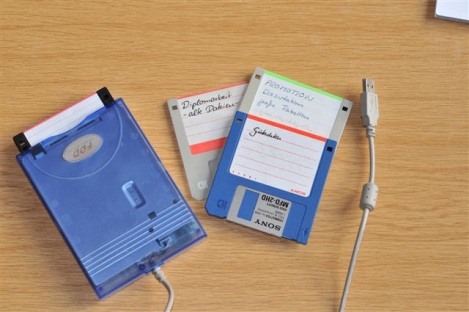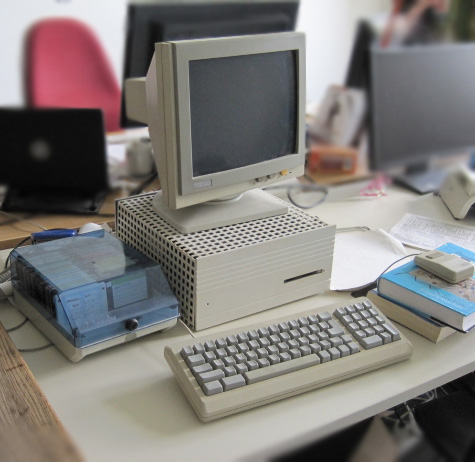Best Practice Handbook
Contents
- 1 Introduction
- 2 The reBiND workflow
- 3 System Installation and Administration (Technical information for administrators and IT specialists)
- 4 Data Archiving (Information for content administrators and contributing scientists)
- 5 Case Studies
- 6 Supporting data preparation
- 7 Technical Background
- 8 Glossary
- 9 References
Introduction
- About reBiND
- How to use this manual
The reBiND workflow
System Installation and Administration (Technical information for administrators and IT specialists)
Data Archiving (Information for content administrators and contributing scientists)
- Data Preparation
- Creating a new project and uploading data to the reBiND data portal
- Validation and Corrections
- Manual review of the data file
- Entering metadata
- Publishing and searching the data
Case Studies
Hamburg Herbarium Collection Data
A former curator of the Botanical Garden Hamburg sent excel files for upload and storage in the rebind System. The data - originally handwritten lists - were transcribed by voluntary staff and entered into excel sheets. The tabels comprise data from old Herbarium collections in Herbarium Hamburgense of the 19th and 20th century. The curator went into retirement and wanted these data to be saved and published.
Morphological data from snake specimen
We received morphological data about dice and viperine snakes (Natrix tesselata, Natrix maura) which were measured in context of a PhD theses. The author derived the data from museum specimens as well as from field observations. Finally the author decided not to use these morphological data for analyses in the PhD theses. All the more she was fond to find a way to make the data publicly available for possible reuse in another research context.
Valuable moss data on outdated diskettes
Well documented extensive primary data from a PhD thesis about the epiphytic moss vegetation of the Canary Islands were stored on 3.5’’ diskettes on Excel files. The diskettes were readable by an external floppy drive (see photo 2). The data are very valuable, because this was the first time investigations about moss epiphyte communities of the Canary Islands under consideration of microclimate conditions and human impact were made.
 external floppy drive and 3.5 diskettes
external floppy drive and 3.5 diskettes
Beetles data on veteran Mac
A private data collection about Coleoptera observations on meadow orchards in Southern Germany was offered to the project. The data were stored on an extended Mac 512 Computer dating back to 1986 (see photo) with a Mac OS 6.8 operating system and making use of Filemaker II software from 1989. The data were rescued by running the operating system and software in Basilisk II Mac Emulator.
